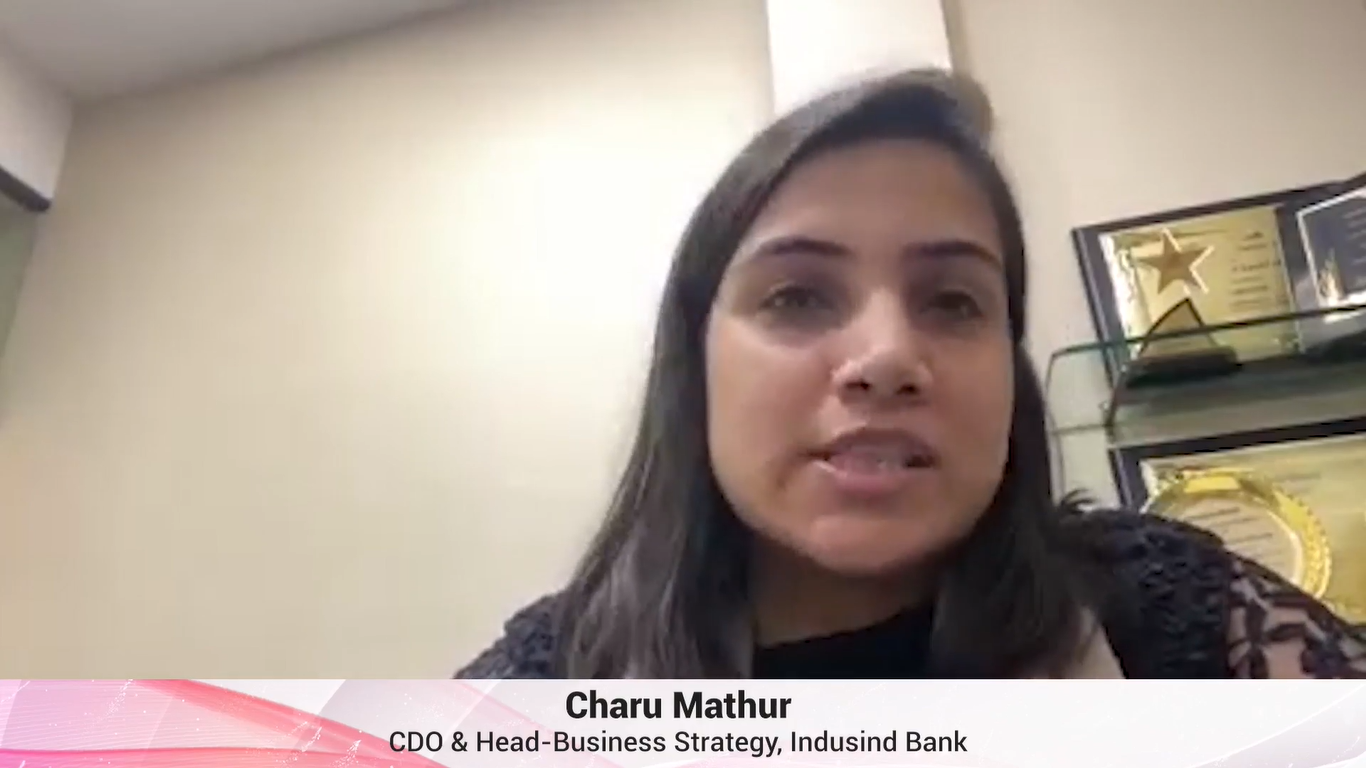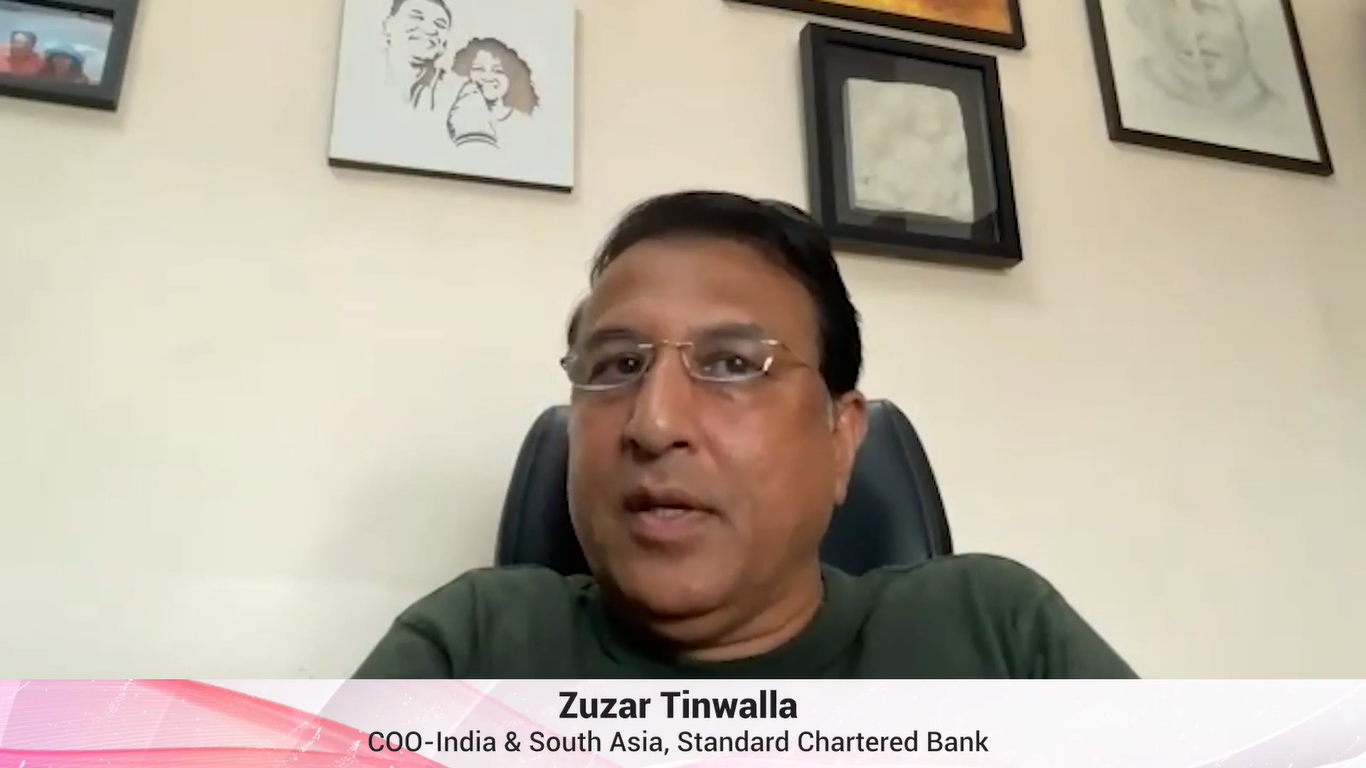The
cryptocurrency industry on Wednesday urged the government to take a nuanced approach towards regulating crypto assets in India and asked investors in the country to remain calm and not arrive at a rushed conclusion, a day after the government listed for introduction a Bill to ban all such cryptocurrencies, with some exceptions.
‘The Cryptocurrency and Regulation of Official Digital Currency Bill, 2021′, to be introduced in the winter session of Parliament beginning November 29, seeks to “create a facilitative framework for creation of the official digital currency to be issued by the Reserve Bank of India. The Bill also seeks to prohibit all private cryptocurrencies in India, however, it allows for certain exceptions to promote the underlying technology of cryptocurrency and its uses”.
BuyUcoin CEO Shivam Thakral said it expects the Bill to accommodate the aspirations of Indian crypto owners, Indian crypto entrepreneurs, and investors who have put their faith in India’s crypto growth story.
“The crypto Bill should be flexible enough for young blockchain projects to flourish and we strongly believe that there is a strong case for a standard process for new cryptocurrencies before they get listed on any exchange in India for trading.
“I think popular crypto-assets like Bitcoin and Ethereum will be pre-approved by the regulators for getting listed on the exchange. We also request the government to give immediate clarity on the taxation and filing of crypto assets,” Thakral said.
CoinSwitch Kuber founder and CEO Ashish Singhal said the industry has been actively communicating with all stakeholders keeping investor protection at the forefront.
“Our discussions in the last few weeks indicate there is a broad agreement on ensuring that customers are protected, financial system stability is reinforced and India is able to take advantage of the crypto technology revolution…
“As of now, I urge all crypto asset investors in the country to remain calm, do their own research before arriving at a rushed conclusion,” said Singhal, who is also the co-chair of the Blockchain and Crypto Assets Council (BACC).
Cryptocurrency exchange CoinDCX’s spokesperson said a well-assessed and thought-through regulation will pave the way for greater adoption of the technology and will help millions of Indians embrace this new-age asset class.
OKEx.com CEO Jay Hao said India is home to the highest number of crypto owners in the world and the onus lies on the government to protect the interest of a large number of crypto investors in the country.
“We urge the government to take a nuanced approach towards regulating crypto assets in India. With the positive outcome of the cryptocurrency Bill, India will embark on an exciting journey of becoming the global leader in crypto, Defi, and NFTs,” Hao said.
Currently, there is no regulation or any ban on the use of cryptocurrencies in the country. Against this backdrop, Prime Minister Narendra Modi earlier this month held a meeting on the cryptocurrencies with senior officials, and indications are that strong regulatory steps could be taken to deal with the issue.
There has been a rising number of advertisements, featuring even film stars, promising easy and high returns on investments in cryptocurrencies in recent times, amid concerns over such currencies being allegedly used for luring investors with misleading claims.
Last week, the Standing Committee on Finance, chaired by BJP member Jayant Sinha, met the representatives of crypto exchanges and BACC, among others, and arrived at a conclusion that cryptocurrencies should not be banned, but it should be regulated.
The RBI has repeatedly reiterated its strong views against cryptocurrencies saying they pose serious threats to the macroeconomic and financial stability of the country and also doubted the number of investors trading on them as well as their claimed market value.
RBI Governor Shaktikanta Das has also reiterated his views against allowing cryptocurrencies saying they are a serious threat to any financial system since they are unregulated by central banks.
The RBI had announced its intent to come out with an official digital currency, in the face of proliferation of cryptocurrencies like Bitcoin about which the central bank has had many concerns.
Private digital currencies/ virtual currencies/ crypto currencies have gained popularity in the past one decade or so. Here, regulators and governments have been sceptical about these currencies and are apprehensive about the associated risks.
On March 4, 2021, the Supreme Court had set aside an RBI circular of April 6, 2018, prohibiting banks and entities regulated by it from providing services in relation to virtual currencies.






